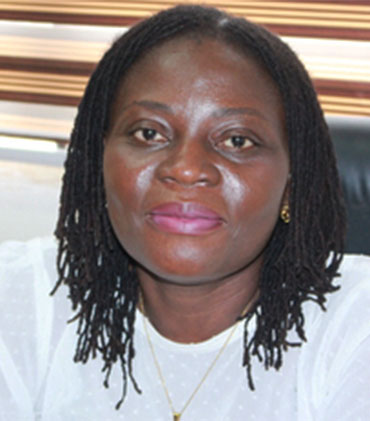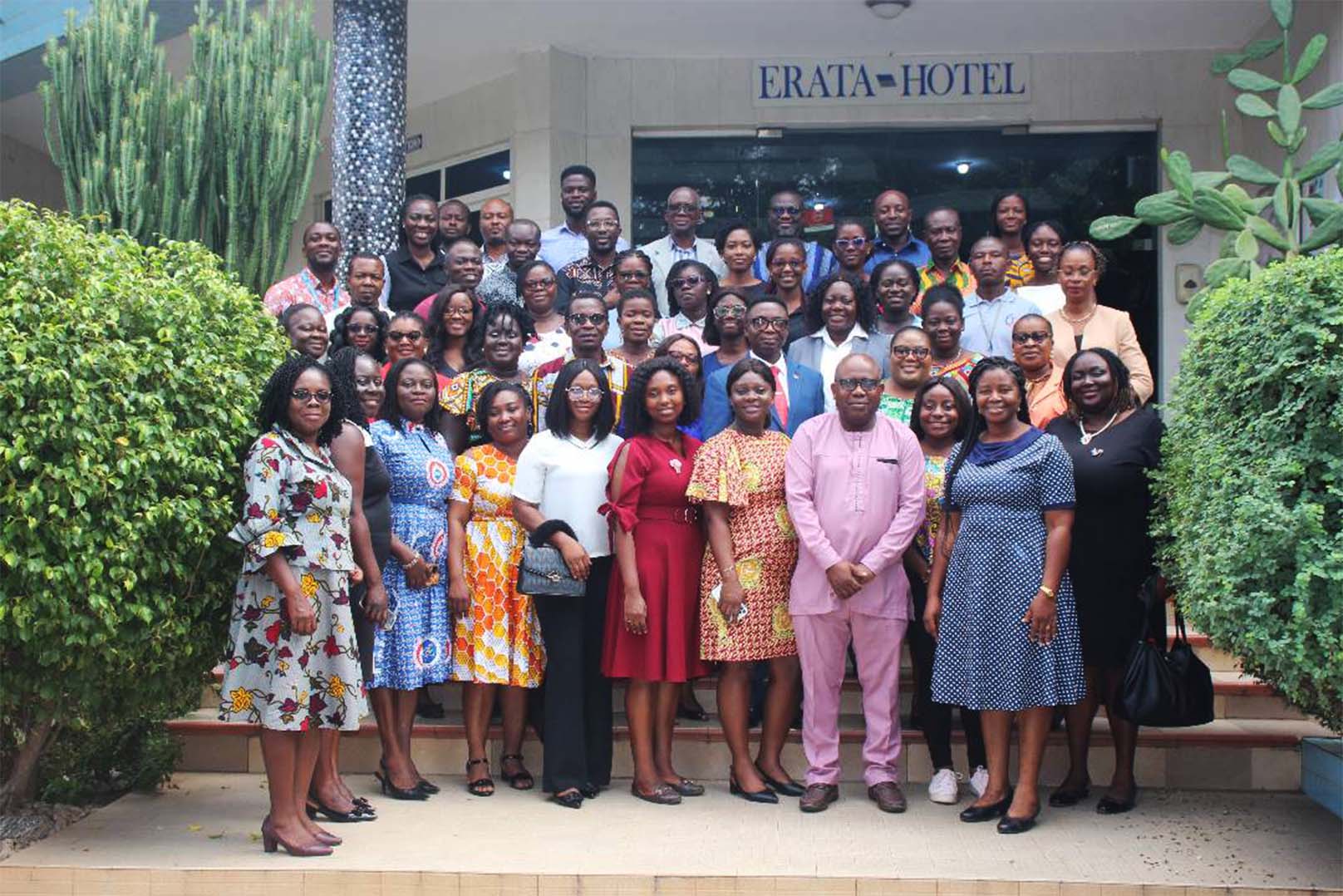WEEC-BG
Project Detail
To contribute to bridging the gender gap in engineering in Ghana and Bénin through original research and policy recommendations.
- Start Date:01.01.2020
- Duration:3 Years
- Funding source (donor): IDRC
- Location:Ghana and Benin
Participating scientists (with PI)








Objective
Methodology
This study employed both quantitative and qualitative approaches to data collection and analyses. The qualitative data were solicited through focus group discussions, and in-depth and key informant interviews. Both methods were used to take advantage of the strengths inherent in both approaches to increase the validity and accuracy of the data collected. The respondents were students, deans and provosts, engineering professionals and social networks (e.g. advocates, and parents). This data enabled us to identify systemic barriers to STEM education in general and engineering education and career specifically. The following were conducted:
- Student’s Survey involving 911 KNSUT female and male college of engineering, college of science, college of health sciences students,
- Interview with Engineering Professionals comprising three types of engineering professionals (1) engineering lecturers at KNUST, (2) Engineers who are members of the Ghana Institution of Engineering (GhIE), and (3) Engineering graduates/professionals identified through the snowball technique.
- In-depth interviews with key informants were done to have a better understanding of the key findings. The persons interviewed were the Provost of KNUST College of Engineering, Provost of KNUST College of Science, the quality control unit which handles statistics data of KNUST, President of Women in Engineering Unit of GhIE, Science Education Unit Director at Ghana Education Services, and some parents whose contacts were obtained from students who participated in the focus groups discussions.
- Review of Secondary data. This includes:
- Students’ applicants, admission, enrolment, and graduation data disaggregated by gender, colleges, and programs of study.
- Employment status of graduates of the studied college of engineering, per gender – 1980 – 2020.
- Policies, programs, regulations, and norms relevant to education, employment, gender, and STEM.
The documents were obtained from different sources including websites and statistical departments and databases of institutions under study.
Results Achieved
- Production of quarterly Women in Science and Engineering (WiSE) Insights Newsletter that serves as an advocacy tool for increased support for women’s participation in STEM. In total four issues of the newsletters were produced. They are accessible in the links below:
- https://csir-stepri.org/wp-content/uploads/2022/05/Wise-Insight-Africa-Vol-1-No-3.pdf
- https://csir-stepri.org/wp-content/uploads/2022/05/Wise-Insight-V1-No-4-Final.pdf
- https://sites.google.com/view/wiseinsightsafrica/newsletters/april-2020?authuser=0
- https://sites.google.com/view/wiseinsightsafrica/newsletters/june-2020?authuser=0
- A technical report has been prepared showing all the key findings amd the report submitted to IDRC.
- A fact sheet has been produced highlighting the key findings which include:
- At KNUST, undergraduate enrolment in three STEM Colleges, namely College of Engineering (CoE), College of Health Sciences (CHS) and College of Science (CoS) has increased by 12 times from 1,953 in 2003/04 to 24,632 in 2019/2020 academic years.
- Similarly, female enrolment in CHS, CoS and CoE has increased from 42.4%, 26.3% and 12.2%, respectively to 57.1%, 35.9%, and 18.1% over the same period
- Relatively good progress has been made in closing the gender gap in STEM but a lot more efforts are needed for better impacts especially in engineering, which is lagging.
- Gender disparity exists within programmes in the three colleges with female enrolment highest in health, food and life science-related programmes.
- The gender gap is even wider at the professional level based on membership of GhIE although the proportion of women has increased from 0.2% in 1988 to 9% in 2022.
- The major barriers to female participation in engineering have been classified as
- Barriers related to pre-university education, applications & admissions systems/processes e.g. inadequate capacity to admit all qualified applicants, inadequate career guidance at Basic and High schools, limited knowledge about various engineering programs and their job prospects at the time of application.
- Barriers related to societal influence e.g. inadequate exposure of girls to invention-related stories/games, limited engineering role models in most communities and Misleading information about engineering.
- Barriers related to teaching and learning in the university e.g. Limited practical work, outmoded curriculum, limited affordable accommodation on campus, practical supervisors assigning ‘soft’ or less strenuous tasks to females.
Stakeholders at some dissemination workshops organised by the project team Dissemination activities
- Stakeholders’ dissemination workshop on 8th December 2022. The objectives were to share the research findings and recommendations and solicit stakeholders’ input and buy-in. The workshop report has been prepared.
- The research outputs have been presented at the following conferences:
- 5th AfricaLics Research Conference held in Yaoundé from 9th – 11th November 2022.
- Annual Learning and Teaching Imbizo Conference held from 22 – 25 November 2022 at the Durban University of Technology, South Africa.
- The project team in collaboration with the IDRC project officer and researchers on the IDRC GIST project developed and submitted a proposal to hold a panel discussion at the 2023 INORM’s Congress to be held from 30th May – 2nd June 2023 in Durban, South Africa.
- Preparation have been made for the project team in Ghana, Benin and Zimbabwe to present the results to the IDRC network through a virtual brown bag seminar to be held on 25th January 2023.
Way Forward


